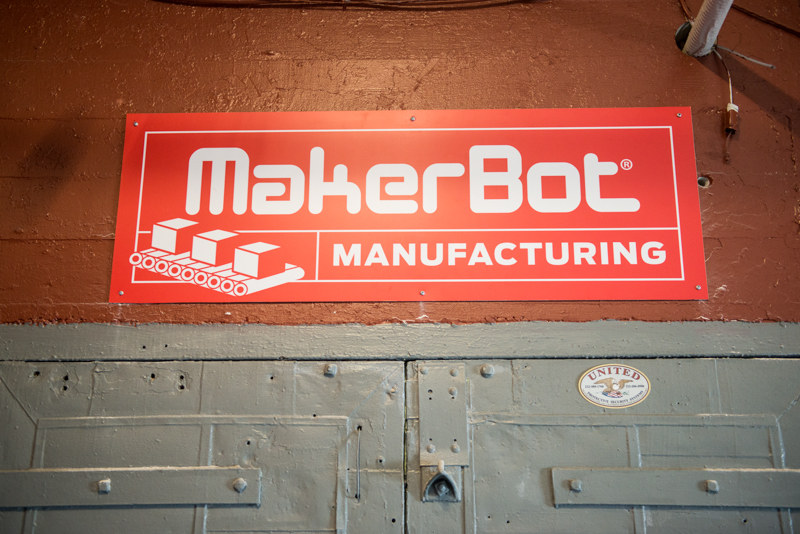
Latest News
February 25, 2016
Intellectual property (IP) and 3D printing present something of a conundrum. If someone prints out a Mickey Mouse model at home with no expectation of generating a profit, are they still violating IP or copyright? If so, do cosmetic changes to that model still constitute a violation?
Major concerns about 3D printing and IP have generally revolved around what happens when someone prints an object or image owned by someone else, but a recent event with MakerBot owned Thingiverse and its Creative Common license has altered the discussion. A month or so ago, a new store named Just3DPrint popped up on the international lawn sale known as eBay that offered a large number of CAD designs for print. It didn’t take long for someone to recognize the digital items on display as files downloaded directly from Thingiverse.

This turn of events quite naturally spawned a storm of complaints and criticisms from Thingiverse users, including those who didn’t have a design show up on the new eBay store. The users felt that their IP had been stolen by Just3DPrint, which was offering neither recognition nor compensation to users who had created the designs it was now selling.
MakerBot has responded to the controversy by contacting eBay, its lawyers, and with a post on its blog.
We firmly oppose this kind of use of our talented community’s creations. To put it simply, we see such violations as a direct attack on the very goal of Thingiverse and the Creative Commons (CC) framework … MakerBot has created Thingiverse as a platform where users can share Things they create and we allow them to do so under certain terms of their choice. When Thingiverse users upload Things to Thingiverse, they choose the license under which they make their designs available, which can include CC licenses. The CC licenses are very clear on whether they allow commercial use or require attribution.
While this might seem like a new turn of events, really it’s just the continuation of a battle that has been fought by creative individuals since the internet advanced beyond AOL membership. Ask any artist, and a growing number of writers, how often their work has been appropriated by a third party without attribution or payment, and you’ll find the vast majority has at least one story to share.
What those creative types often lack is a business with the legal firepower of Stratasys to back them. If anything, the shoe is usually on the other foot. Hopefully, MakerBot can nip this in the bud before CAD design theft becomes the status quo, rather than the exception. Nobody should work for the “exposure.”
Below you’ll find a short video about IP law.
Source: MakerBot
Subscribe to our FREE magazine, FREE email newsletters or both!
Latest News
About the Author
John NewmanJohn Newman is a Digital Engineering contributor who focuses on 3D printing. Contact him via [email protected] and read his posts on Rapid Ready Technology.
Follow DE





